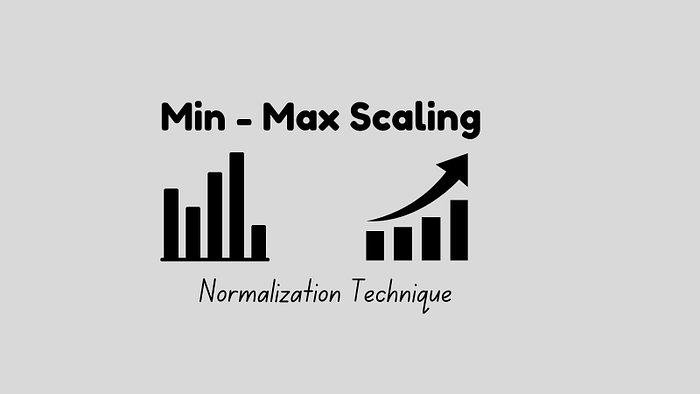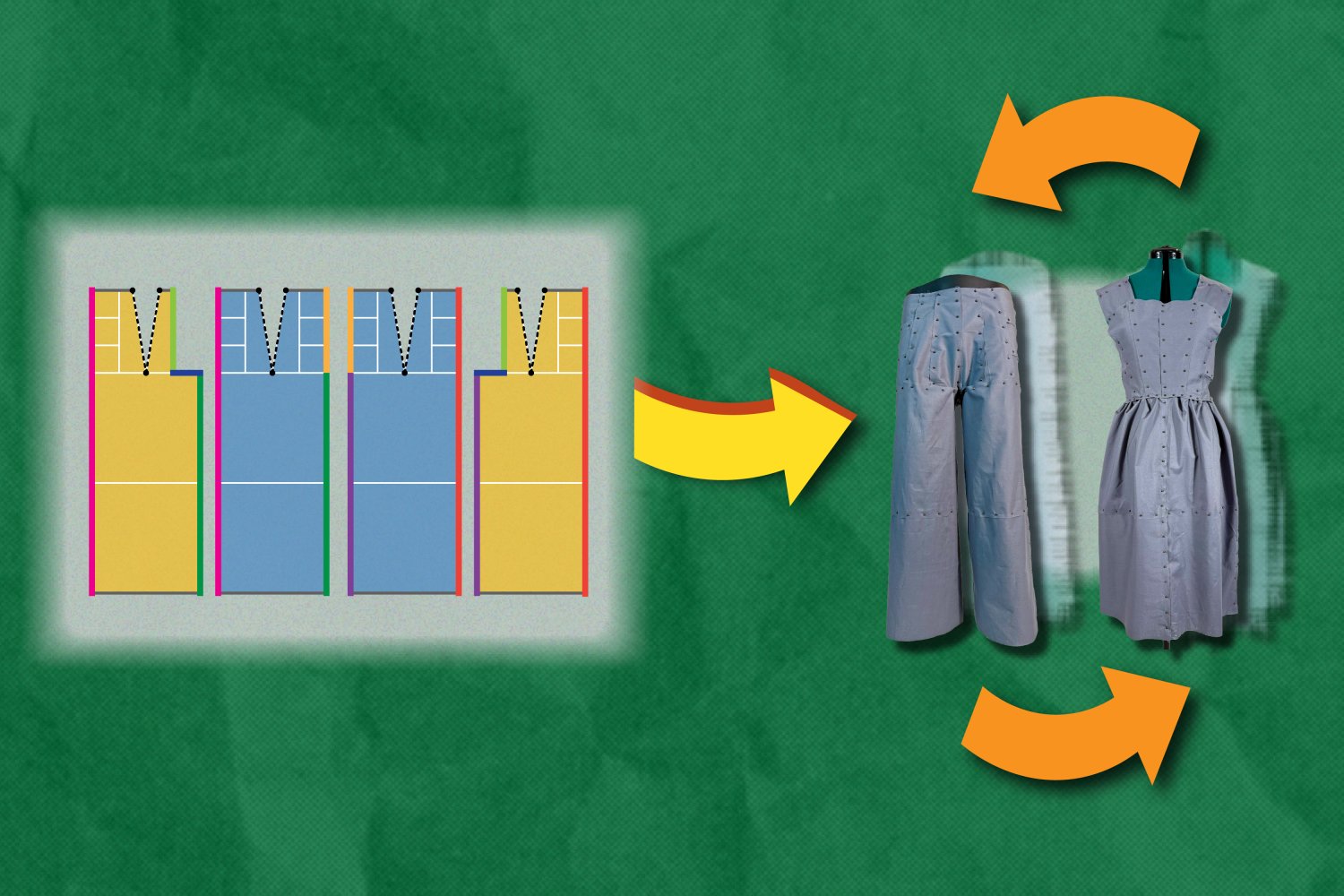Introduction to Min-Max Scaling
Min-Max Scaling, often referred to as normalization, is a technique used in data preprocessing to transform features by scaling them to a common range, usually between 0 and 1. This process is crucial for achieving success in machine learning, as it helps algorithms that rely on distance calculations between data points to function properly.
Understanding Min-Max Scaling
The core idea behind Min-Max Scaling is simple: it makes the minimum value 0, the maximum value 1, and distributes all other values proportionally between them. The transformation formula is given by $x{norm} = frac{x – x{min}}{x{max} – x{min}}$, where $x$ is the original value, $x{min}$ is the minimum value, $x{max}$ is the maximum value, and $x_{norm}$ is the normalized value between 0 and 1.
Mathematical Foundation
Mathematically, Min-Max Scaling shifts the data so the minimum value becomes 0 and scales the data so the maximum value becomes 1. All other values are then distributed between 0 and 1. This can also be applied to scale data to any arbitrary range [a, b] using the generalized formula.
When to Use Min-Max Scaling
Min-Max Scaling is particularly useful in several scenarios:
- Puts Features on a Common Scale: This is essential for algorithms that rely on distance calculations, such as K-Nearest Neighbors (KNN), K-Means Clustering, Support Vector Machines (SVMs), and Principal Component Analysis (PCA).
- Improves Algorithm Convergence Speed: For algorithms that use gradient descent for optimization, scaled features help the model converge to the minimum loss much faster.
- Intuitive Interpretation: After Min-Max Scaling, the value of a feature can be interpreted as its relative position within the original range.
When to Avoid Min-Max Scaling
While Min-Max Scaling is a powerful tool, it’s not without its drawbacks:
- Sensitive to Outliers: The presence of a single extreme outlier can significantly distort the scaling, leading to a loss of variance in the original data.
- Produces a Fixed Range (0 to 1): The resulting data distribution is bounded, which can be a problem for algorithms that assume a Gaussian (normal) distribution of data.
- Not Robust: Unlike other scalers like StandardScaler, Min-Max Scaling does not handle outliers robustly.
Min-Max Scaling vs. StandardScaler: A Quick Comparison
While a detailed comparison between Min-Max Scaling and StandardScaler deserves its own discussion, the key difference lies in how they handle data. Min-Max Scaling is useful when you know your data doesn’t follow a Gaussian distribution or when you need a bounded range.
Practical Implementation: Min-Max Scaling in Action
Let’s consider a dataset of individuals with features such as Age, Salary, and Experience. Applying Min-Max Scaling to this dataset using scikit-learn’s MinMaxScaler can significantly improve the comparability of these features.
Using scikit-learn’s MinMaxScaler
To apply Min-Max Scaling, first, create and fit the scaler on your training data. Then, use the same scaler to transform your validation/test data. It’s crucial to use the same scaler for all your data to ensure consistency.
Critical: Proper Data Splitting Strategy
Always fit your scaler only on training data and use the same scaler to transform validation/test data. This ensures that the scaling parameters learned from the training data are applied consistently across all your data, preventing information leakage.
How Min-Max Scaling Transforms Your Data
Min-Max Scaling transforms your data by giving all features a common scale, usually between 0 and 1. This transformation makes features that were initially on different scales comparable, which is crucial for many machine learning algorithms.
Conclusion
Min-Max Scaling is a fundamental technique in data preprocessing that solves the challenge of transforming features with incompatible units into a unified scale. It’s particularly useful when working with distance-based algorithms, dealing with non-Gaussian distributed data, or when bounded output ranges are necessary. However, it’s sensitive to outliers and may not be the best choice for all datasets.
FAQs
- Q: What is Min-Max Scaling used for?
A: Min-Max Scaling is used to transform features by scaling them to a common range, usually between 0 and 1, making them comparable for machine learning algorithms. - Q: When should I use Min-Max Scaling?
A: Use Min-Max Scaling when your data has minimal outliers, you need bounded output ranges, you’re working with distance-based algorithms, or dealing with non-Gaussian distributed data. - Q: What are the drawbacks of Min-Max Scaling?
A: Min-Max Scaling is sensitive to outliers, produces a fixed range, and is not robust compared to other scaling methods like StandardScaler. - Q: How do I apply Min-Max Scaling in practice?
A: Apply Min-Max Scaling by first fitting a scaler on your training data and then using the same scaler to transform your validation/test data, ensuring consistency across your dataset.











